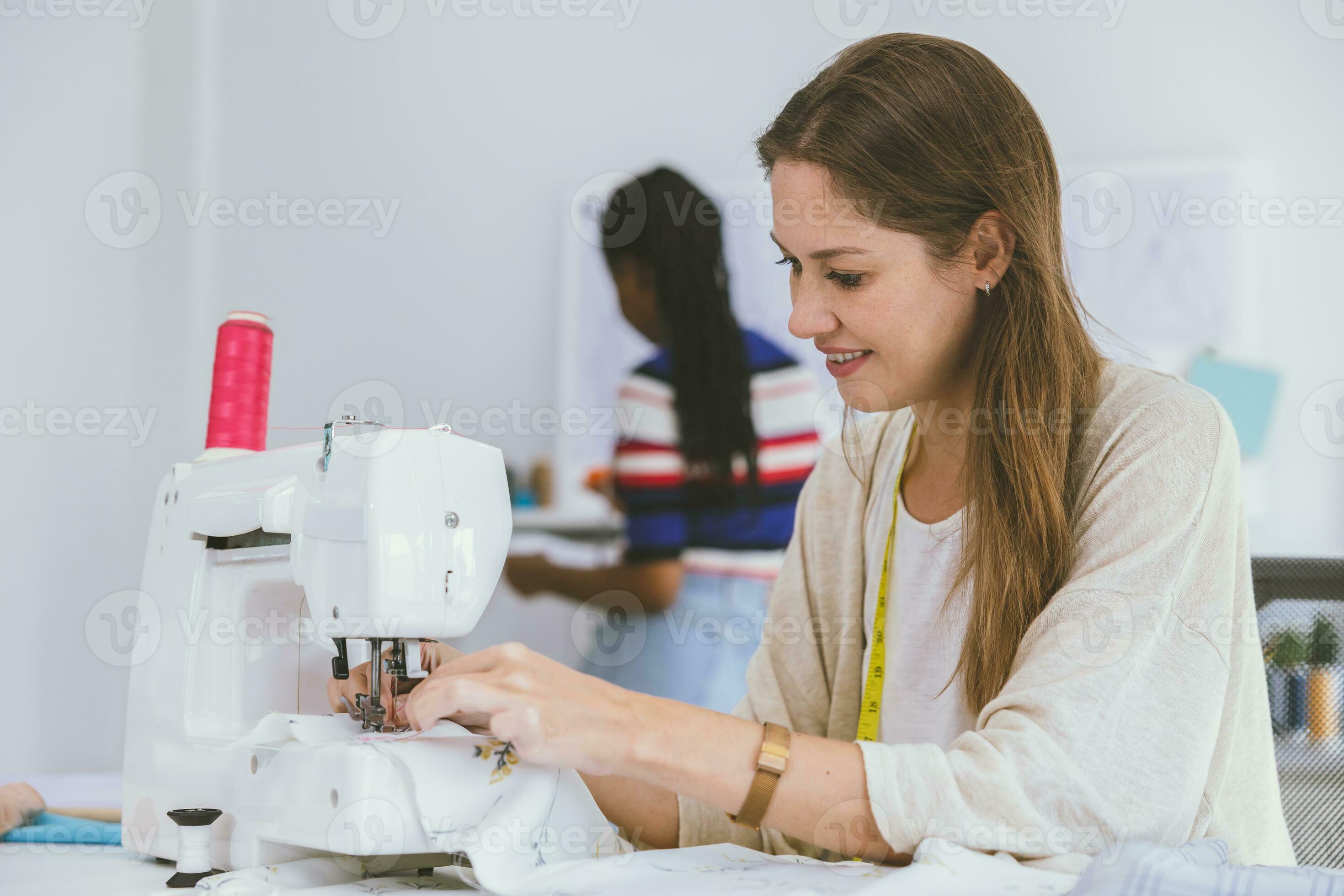Tailor Perth Excellence: Where High Quality Fulfills Personalized Tailoring
Tailor Perth Excellence: Where High Quality Fulfills Personalized Tailoring
Blog Article
Recognizing the Tailoring Process: From Material Selection to Last Fitting for the Suitable Wardrobe
The tailoring procedure is an intricate interplay of art and scientific research, beginning with the critical decision of fabric option and culminating in the precise adjustments of final installations. Each material type brings unique high qualities that influence not only the visual allure but additionally the garment's long life and viability for different occasions.
Importance of Material Selection
Choosing the appropriate textile is vital in the customizing process, as it straight influences the convenience, resilience, and overall aesthetic of the last garment (tailor perth). The selection of fabric sets the structure for the garment's functionality, design, and performance. Different textiles possess one-of-a-kind buildings, such as breathability, stretch, and weight, which can considerably impact how the garment drapes and fits the body
Additionally, textile selection impacts the garment's durability and ease of treatment. High-quality fabrics can hold up against deterioration, keeping their appearance and framework gradually, while lower-quality materials might cause pilling or fading. In addition, the appropriate textile contributes to the garment's ability to shift throughout celebrations and periods, thereby boosting convenience.
A tailored piece made from an ideal textile not just showcases workmanship but additionally raises the wearer's self-confidence. Understanding the nuances of textile option is vital for any kind of customizing venture. It makes certain that the end product not only meets the visual needs of the customer yet additionally straightens with useful needs, thereby accomplishing an unified equilibrium in between form and feature in the customized closet.
Kinds of Fabrics and Their Usages
Recognizing the different kinds of textiles available is essential for making informed choices throughout the customizing procedure. Each fabric has one-of-a-kind characteristics that dictate its viability for specific garments and events.
Cotton, understood for its breathability and soft qualities, is ideal for laid-back wear and summertime garments. Its versatility allows it to be customized right into whatever from t shirts to dresses. Wool, on the other hand, is favored for its warmth and structure, making it a superb selection for official suits and outerwear - tailor perth. Its all-natural elasticity aids garments preserve form gradually.
Silk exhibits luxury and is lightweight, making it excellent for eveningwear and delicate blouses; nevertheless, it calls for mindful handling due to its frailty. Linen, with its textured finish, is a prominent selection for cozy climates, providing a crisp and ventilated feel, but it wrinkles easily, which might influence the garment's look.
Artificial fabrics, such as polyester and nylon, offer sturdiness and resistance to wrinkles, making them ideal for daily wear and active clothes. Understanding these material kinds and their residential or commercial properties enables far better decision-making, making certain that each tailored piece not only fits well but likewise straightens with the intended function and event.
The Tailoring Strategies Discussed
The art of tailoring relies upon a selection of methods that change fabric into well-fitted garments. Central to this procedure is pattern preparing, where a dressmaker produces design templates based upon the client's dimensions and preferred design. This initial step ensures that the garment will certainly fit the wearer properly prior to any reducing happens.
When patterns are established, reducing methods come right into play. Accuracy is vital as mistakes can bring about misfitting garments. Tailors often use different reducing approaches, such as single-layer reducing for intricate layouts and multiple-layer reducing for efficiency on standard patterns.
Basting is one more important technique, allowing dressmakers to briefly stitch textile items with each other for a preliminary installation. This method provides the possibility to examine the drape and overall shape before last sewing.
Seaming techniques, including blog flat-felled joints and French joints, improve the garment's sturdiness and aesthetic appeal. Tailors additionally utilize strategies such as interfacing and cushioning to supply structure and shape to specific locations, like shoulders and collars.
Last but not least, completing strategies, consisting of hemming and edge finishing, make certain the garment's longevity while giving a refined look. With each other, these strategies develop the backbone of efficient customizing, leading to splendid, custom-fit garments.
Suitable Changes and Considerations

Trick considerations consist of the shoulder fit, which must neither sag neither restrict movement, and the sleeve size, which must enable for comfy arm activity while maintaining a refined appearance. Additionally, adjustments at the midsection can fine-tune the shape, with alternatives to let out or absorb textile as required.
The rise of pants is an additional critical factor; it must rest easily over the hips without creating pain, enabling ease of motion. Hemming lengths for both pants and skirts ought to mirror the wearer's favored design while respecting proportions.

Preserving Your Tailored Clothing
Proper maintenance of customized garments is important to protecting their fit and look in time. To ensure long life, routine cleansing is paramount. Always comply with the care tag directions, which may suggest dry cleaning for fragile textiles or maker washing for even more long lasting materials. Avoid frequent laundering, as this can use down the fabric and modify the garment's shape.
Storage is just as vital; use cushioned wall mounts for coats and coats to keep shoulder framework, and shop trousers folded nicely or hung to stop creasing. Safeguard garments from direct sunlight, which can discolor shades and damage fibers.
In addition, regular evaluations for minor repairs can prevent larger concerns. Look for loose buttons, tearing joints, or signs of moth damage, resolving these problems quickly to preserve the garment's stability.
Finally, take into consideration seasonal turning. Using tailored items in moderation enables materials to recuperate, expanding their life-span. By carrying out these maintenance techniques, you can make certain that your tailored garments stay as excellent as the day you first wore website here them, enhancing your suitable wardrobe for years to come.
Conclusion
The customizing procedure, incorporating material selection, competent strategies, and exact suitable modifications, plays a crucial function in producing garments that enhance both convenience and design. Each stage contributes to the general performance of the end product, making sure that garments not only fits well but likewise mirrors specific identification. Comprehending the importance of maintenance extends the life of customized garments, strengthening their value in a well-curated wardrobe. A thorough strategy to tailoring finishes in a certain and sleek appearance.
Selecting the best textile is essential in the tailoring process, as it directly affects the comfort, durability, and overall visual of the last garment. The selection of textile sets the foundation for the garment's performance, functionality, and style. Different fabrics possess one-of-a-kind properties, such as weight, breathability, and stretch, which can considerably influence just how the garment drapes and fits the body.
The art of customizing counts on a selection of methods that transform textile right into well-fitted garments.The tailoring process, incorporating fabric selection, proficient strategies, and exact suitable changes, plays a critical function in creating garments that improve both convenience and style.
Report this page